Penguins live mostly in the southern hemisphere except for one species, the Galapagos Penguin, which lives above the equator. These cute animals that we know from National Geographic images live on the ice of Antarctica have different species that move away from our stereotypes: there are species that live in warm areas where ice is not present.
The African penguin is the species of penguin that lives on the African continent, which has replaced living and breeding in the ice of Antarctica with the heat of Africa. Thanks to the Benguela current and its cold waters, which flow through the west of the African continent, these animals have been able to settle along the coast. Most of them have established colonies on the coast of South Africa where the colonies of Boulder’s Beach (you can read our experience here) and Stony Point in Betty’s Bay stand out; as well as in Namibia, where the population of Halifax Island, near Lüderitz, stands out (you can read our experience here).
They use body cooling systems such as the pink glands on the side of their nose to cool their blood or to move their flippers away from the body to cool all parts and lower body heat.
The fur of African penguins is black on the top and white on the belly to facilitate camouflage. When predators look up in the water, they are camouflaged by the white color of their bellies that mixes with the sunlight that enters the sea. When predators look down, the black fur on their backs will mix with the darker areas of the seabed. At the same time, they have black spots on their bellies that each penguin has different, it’s a way of recognizing them because no two are alike.
African penguins are basically aquatic and their short flippers allow them to swim at about 7km/h. They are specialized swimmers who can hold out for two and a half minutes and sink up to 130m to find food. In the water they have a very developed vision for hunting fish and thanks to their group hunting techniques they enjoy great hunting precision.
The group of penguins encircle the shoals of fish, taking advantage of their white fur on their bellies to scare the fish away and make them gather in less concentrated groups. While they are distracted by the penguins surrounding them, another penguin from the group takes the opportunity to attack the school of fish from below and hunt some of them.
These penguins always have the same pair and always nest in the same nest created inside the colony. The nesting season is from March to May, but they can have young at any time of the year. The pair of penguins, male and female, build the nest together from different wooden sticks, bones, algae… These nests can be on the surface or underground. They usually start hatching at the age of 4 and lay two eggs that are three to four times larger than hen eggs of a hen.
Once the female lays the eggs, the two members of the pair (male and female) are in charge of incubating them for a period of 38-42 days. One of them incubates while the other feeds in the sea up to 400km from the coast and then, the papers are exchanged. After incubation, the young penguin hatch from the egg and will be able to walk after 3 weeks.
The pair of penguins feed their young for about 3 months and warm them with their bodies. When the penguin cub can survive alone, it reunites with other penguin cubs to form groups to protect itself from predators.
During the first years of life, the young penguin is a very good swimmer, agile and can travel great distances. The first years they can travel a long way, over 400km and can even reach Angola or Mozambique! After a few years, they have to return to the coast to change their fur when they become adults. Every year all the adult penguins change their fur and during this process which lasts about 20 days they cannot go into the water as their feathers are not waterproof.
The African penguin is a species of penguin considered endangered and considered endemic to South Africa. Its population has decreased dramatically over the last century due to various causes: pollution of the sea (gasoline kills penguins affecting the fur), declining food due to mass fishing, declining habitat due to urbanization, the global warming of the planet… Attempts have been made to alleviate all these causes with actions that favor the protection of these beautiful animals and thus be able to keep the penguin population stable.

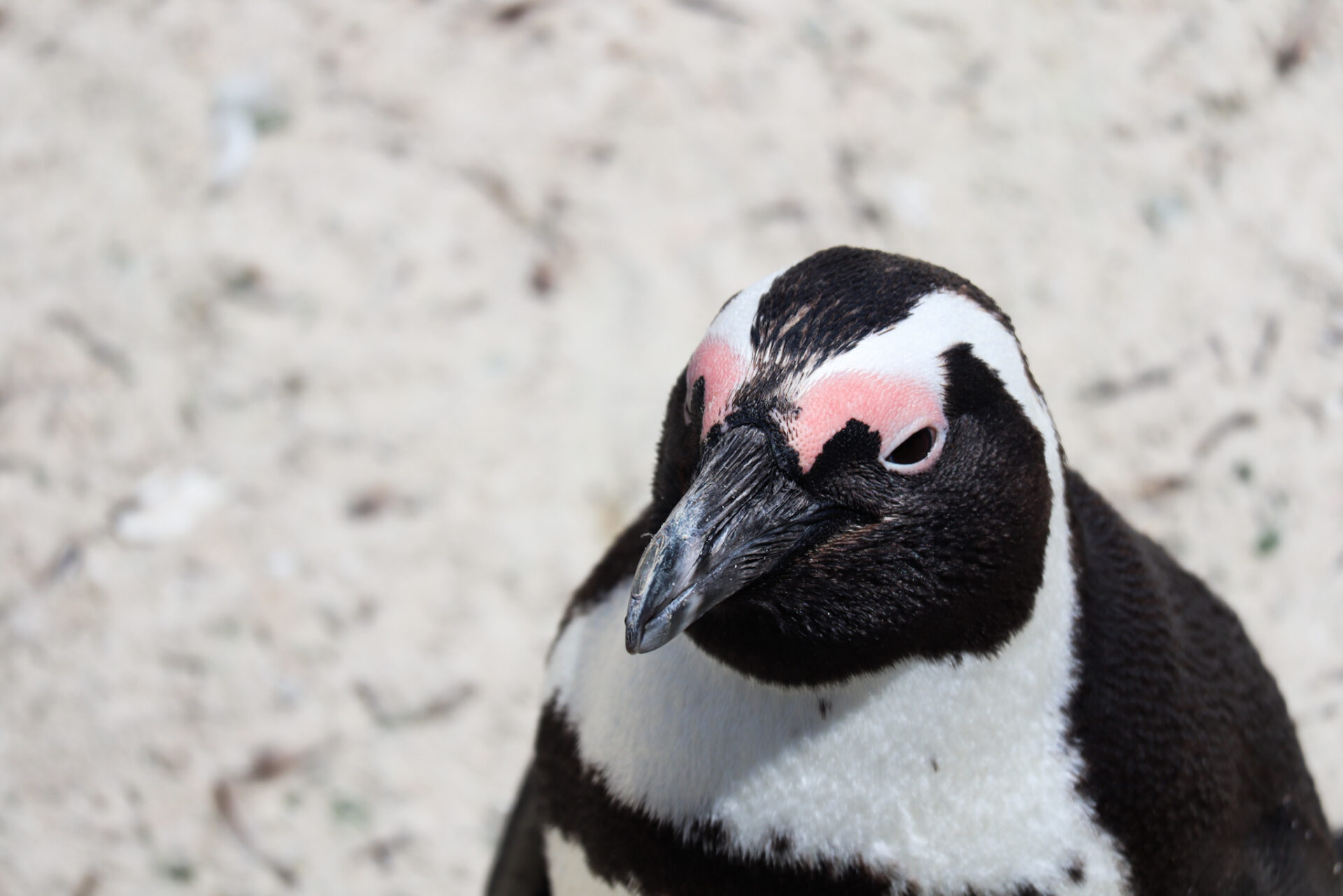


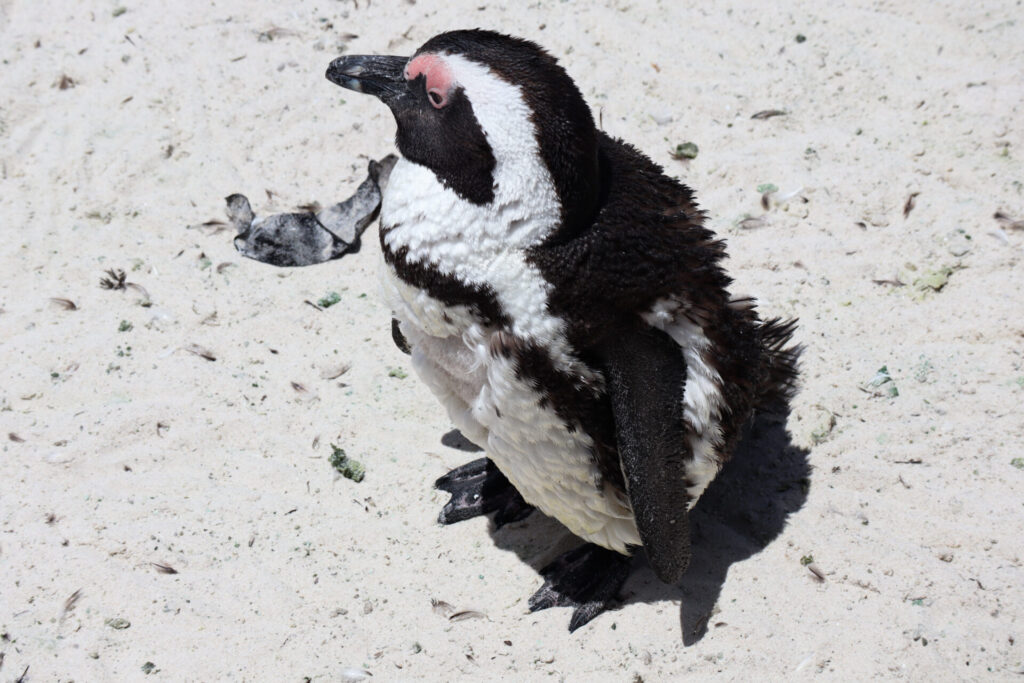




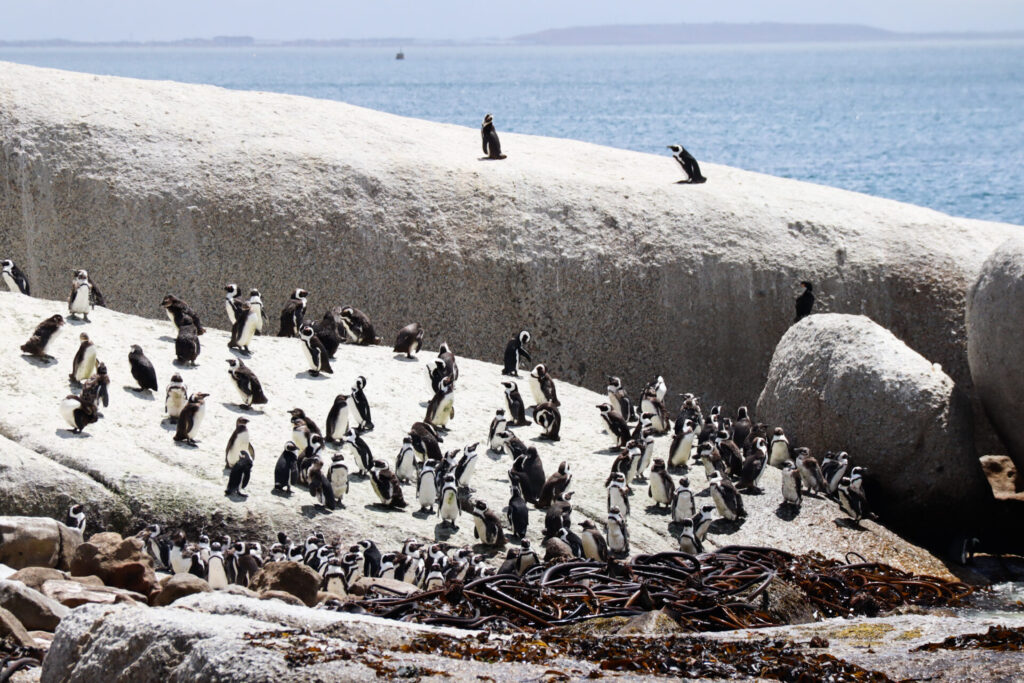
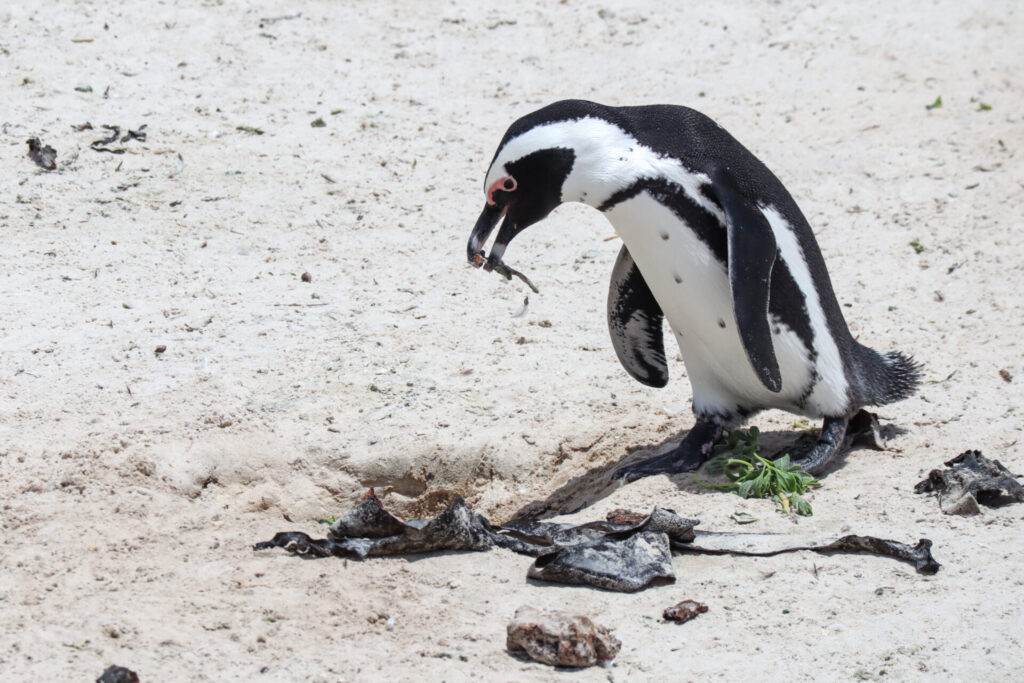
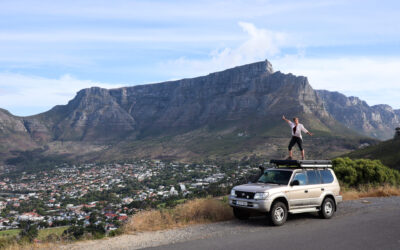




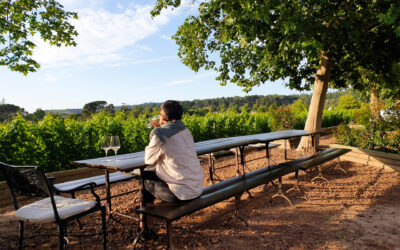
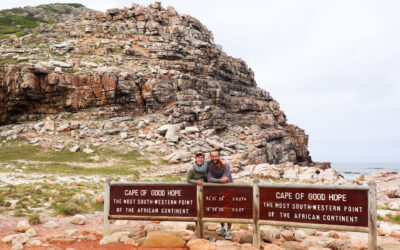

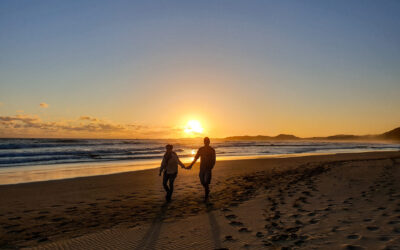

0 Comments